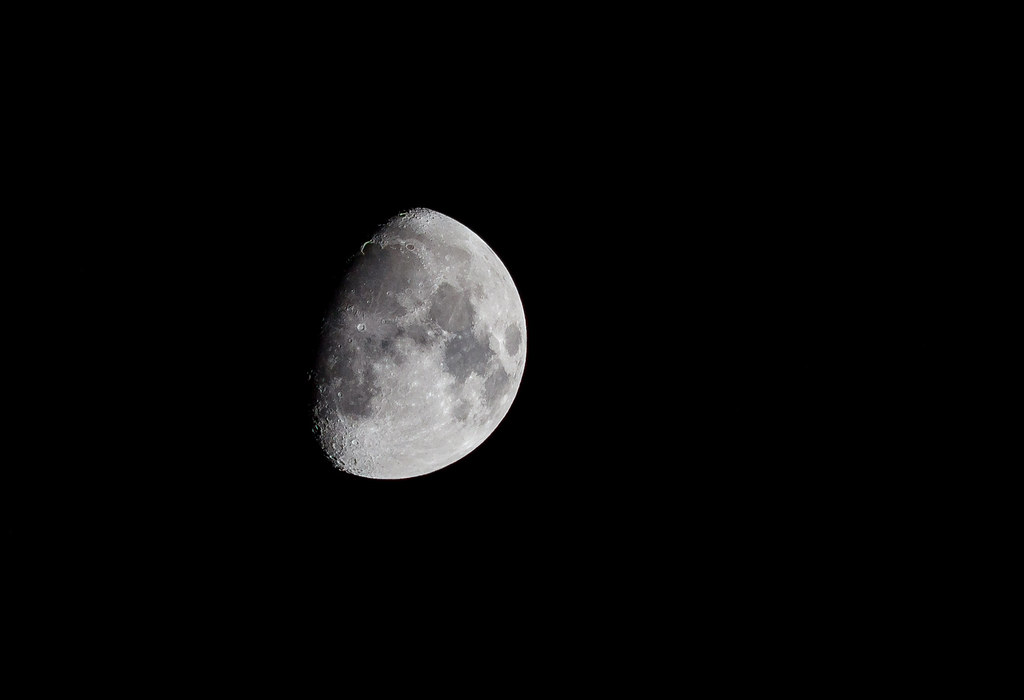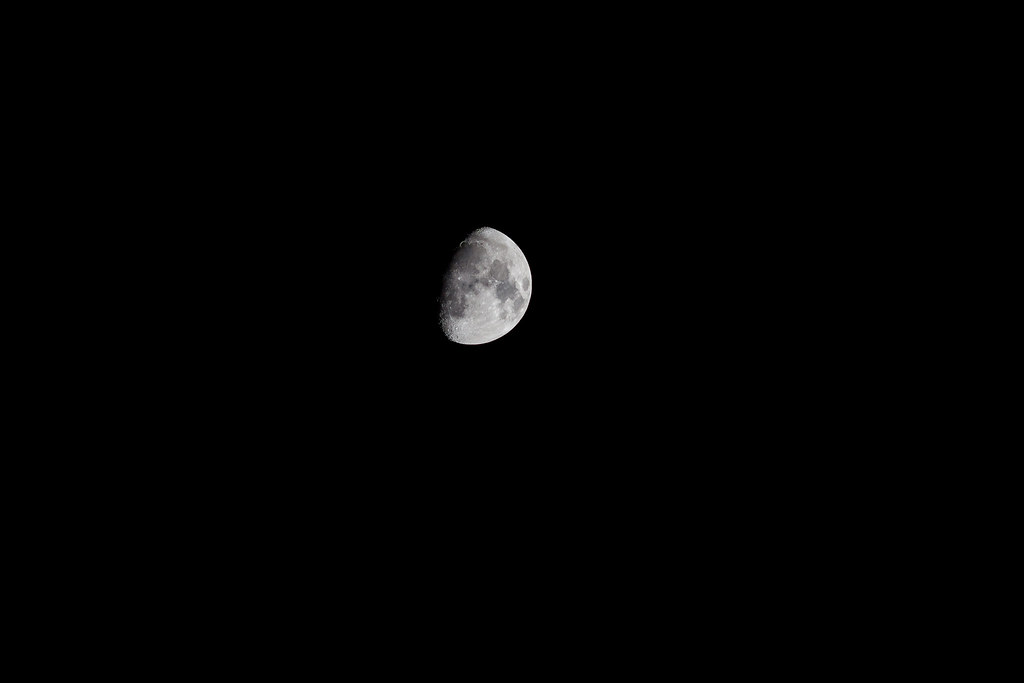- Messages
- 3,428
- Name
- Kell
- Edit My Images
- Yes
I had a try the other night as the moon was particularly bright (didn't mean that to rhyme) and was quite impressed with the results from amateur kit.
But was after advice on how to get something maybe a little sharper - if it's possible with the equipment I was using.
First off - what I used and what I did.
Canon 600d and Canon 70-300 lens.
Tripod (but a fairly cheap one).
Clearly I tried to zoom in to max, but lens creep meant the lens kept dropping back to around 275 or so. Didn't use a shutter release, but put it on a 10 second timer to try and eliminate and shake.
It was on the decking outside our house, so I realise this isn't ideal, but no one else was on it, and I kept still.
I googled some settings which suggested ISO 100, and f/11 as a starting point, but these came out too dark and the image that was the sharpest out of the other settings I chose was at ISO200 and f/9.0
Attached are the full size image and a crop for critique/advice etc...
 IMG_5828.crop by Kell Lunam-Cowan, on Flickr
IMG_5828.crop by Kell Lunam-Cowan, on Flickr
 IMG_5828 by Kell Lunam-Cowan, on Flickr
IMG_5828 by Kell Lunam-Cowan, on Flickr
But was after advice on how to get something maybe a little sharper - if it's possible with the equipment I was using.
First off - what I used and what I did.
Canon 600d and Canon 70-300 lens.
Tripod (but a fairly cheap one).
Clearly I tried to zoom in to max, but lens creep meant the lens kept dropping back to around 275 or so. Didn't use a shutter release, but put it on a 10 second timer to try and eliminate and shake.
It was on the decking outside our house, so I realise this isn't ideal, but no one else was on it, and I kept still.
I googled some settings which suggested ISO 100, and f/11 as a starting point, but these came out too dark and the image that was the sharpest out of the other settings I chose was at ISO200 and f/9.0
Attached are the full size image and a crop for critique/advice etc...
 IMG_5828.crop by Kell Lunam-Cowan, on Flickr
IMG_5828.crop by Kell Lunam-Cowan, on Flickr IMG_5828 by Kell Lunam-Cowan, on Flickr
IMG_5828 by Kell Lunam-Cowan, on Flickr
